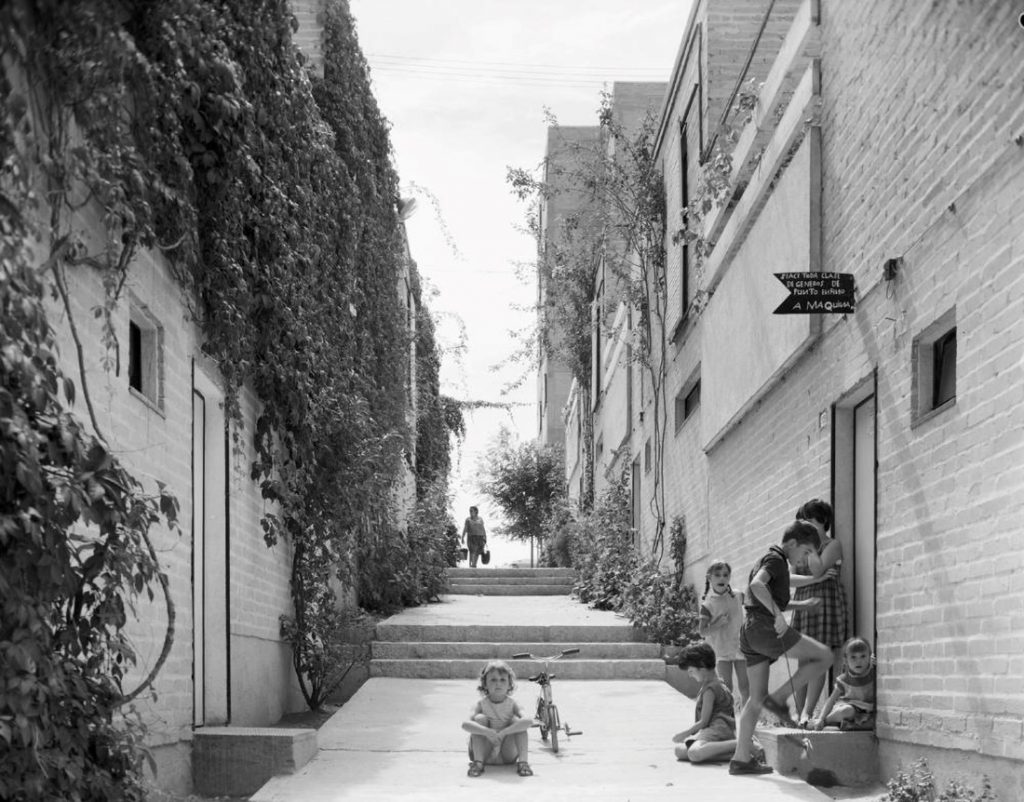Cooperative House-Building Practices in the Aftermath of WWII

Ana Esteban-Maluenda (Universidad Politécnica de Madrid – Spain), Celia Castro Gonsales (Universidade Federal de Pelotas – Brazil) A Manifesto of Minimums. The ‘Poblados Dirigidos’ of Madrid as a Laboratory of Modern Social Housing (1955-1967)
In the early 1950s, immigration from the countryside to Spanish cities in search of a better livelihood was generating unhealthy settlements of thousands of people on the periphery of Madrid. In 1954, the Franco government promulgated the ‘Ley de Viviendas de Renta Limitada’ (Limited Income Housing Law), whose main objective was to facilitate decent housing for the inhabitants of those peripheries. According to it, the State could finance – at 50 years without interest – 75% of the total price of the housing, which would give access to modest housing in property and not in rent.
Nevertheless, many of the future homeowners could not even make that first capital contribution, so an aided self-help system of “personal services” was proposed for allowing to pay that amount in the form of labour during the construction. This is how the ‘poblados dirigidos’ (supervised settlements) of Madrid emerged, probably one of the most interesting urban experiences that have been carried out in the city in the second half of the 20th century. A mixed entity of property promotion was responsible for providing everything necessary (land, project, technical management, materials) and owners only had to pay the land and overhead. With a strong social character, this system guaranteed access to housing for citizens regardless of their level of income. It should also be noted the quality of the team of architects who were responsible for its design and development, among them Sáenz de Oiza, Carvajal or Corrales & Molezún.
This paper aims to review the confluence of all these social, economic, cultural and political circumstances, which resulted in the creation of the seven ‘poblados dirigidos’ that were built in the 1950s and 1960s. Particularly, it will focus on Caño Roto, a settlement characterized by the high quality of its urban spaces and the successful mix of housing types. The Caño Roto’s experience was so positive that the architects who designed it – Íñiguez de Onzoño and Vázquez de Castro – lived there for years and it was very celebrated and published in the European magazines of the moment: an authentic laboratory where users and architects came together to embrace modernity.
December 1, 2021 – 5 pm CET (Link)

